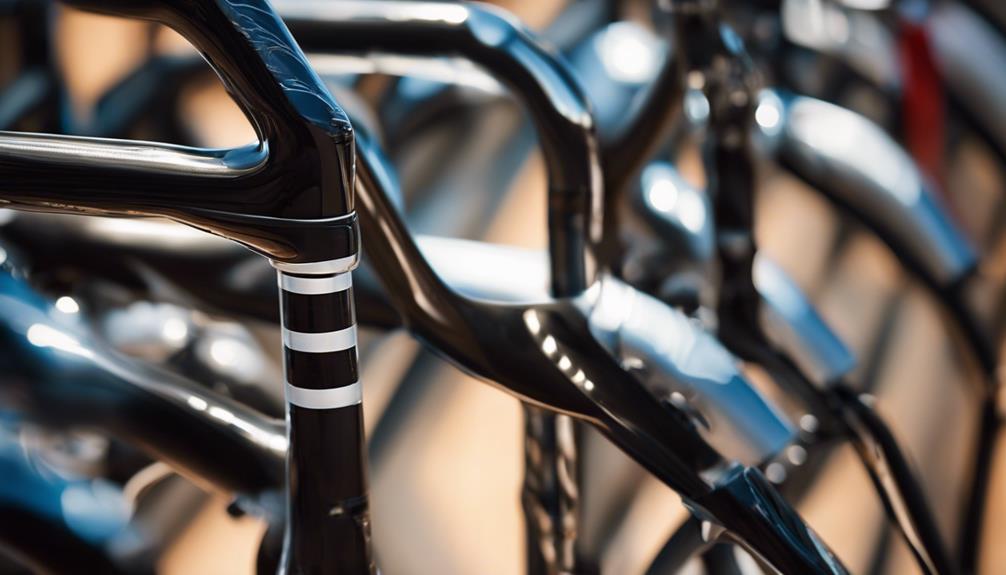In recent years, urban commuting has undergone a significant transformation, driven by the need for sustainable and efficient transportation solutions. Among the myriad of options available, the Stride Bike has emerged as a popular choice for city dwellers looking to navigate congested streets while minimizing their carbon footprint. This article delves into the features, benefits, and implications of adopting the Stride Bike as a primary mode of transportation.
What is a Stride Bike?
The Stride Bike is a cutting-edge hybrid bicycle designed for urban commuting. It combines the traditional cycling experience with modern technology to enhance performance, comfort, and safety. Equipped with features like electric assist, integrated smart technology, and ergonomic design, the Stride Bike caters to the needs of varied riders, from daily commuters to weekend adventurers.
Key Features of the Stride Bike
The Stride Bike boasts several innovative features that set it apart from conventional bicycles. Here are some of the most notable:
- Electric Assist: The bike is equipped with a powerful electric motor that provides assistance while pedaling, making it easier to tackle hills and long distances.
- Smart Technology: Integrated GPS, fitness tracking, and smartphone connectivity allow riders to monitor their performance and navigate efficiently.
- Lightweight Frame: Made from high-quality materials, the Stride Bike is designed to be lightweight yet durable, ensuring a smooth ride.
- Adjustable Components: Features like adjustable handlebars and seats cater to a wide range of rider heights and preferences.
- Safety Features: Equipped with bright LED lights, reflective surfaces, and advanced braking systems, the Stride Bike ensures rider safety in various conditions.
The Benefits of Riding a Stride Bike
Transitioning to a Stride Bike offers numerous advantages, particularly for urban commuters. Here are some of the key benefits:
1. Environmental Impact
As cities grapple with pollution and traffic congestion, the Stride Bike presents a sustainable alternative to cars and public transport. By opting for a bicycle, riders contribute to reduced greenhouse gas emissions and lower their carbon footprint.
2. Health Benefits
Cycling is an excellent form of exercise, promoting cardiovascular health, muscle strength, and overall fitness. Regular use of a Stride Bike can lead to:
- Improved cardiovascular health
- Increased muscle tone and strength
- Weight management
- Enhanced mental well-being through physical activity
3. Cost-Effectiveness
With rising fuel prices and public transportation fares, cycling can significantly reduce commuting costs. The Stride Bike requires minimal maintenance compared to cars and eliminates expenses related to gas and parking.
4. Convenience and Time-Saving
In urban areas, traffic congestion often leads to long commute times. The Stride Bike allows riders to bypass traffic jams, access bike lanes, and reach their destinations faster. Furthermore, it offers the flexibility to park easily in crowded areas.
Case Studies: Cities Embracing Cycling
Several cities worldwide have recognized the benefits of cycling and implemented programs to promote it. Here are a few examples:
1. Amsterdam, Netherlands
Amsterdam is renowned for its cycling culture, with over 60% of residents using bicycles for daily transportation. The city has developed an extensive network of bike lanes, parking facilities, and bike-sharing programs, making it a model for urban cycling.
2. Copenhagen, Denmark
Copenhagen aims to become the world’s first carbon-neutral capital by 2025. The city has invested heavily in cycling infrastructure, including dedicated bike lanes and traffic signals, resulting in approximately 50% of residents commuting by bicycle.
3. Portland, Oregon, USA
Portland has established itself as a leading cycling city in the United States, with a strong focus on sustainability and public health. The city offers various bike-friendly initiatives, including bike-sharing programs and cycling education classes, contributing to a vibrant cycling community.
Challenges in Adopting Cycling as a Primary Transportation Mode
Despite the many benefits, there are challenges associated with adopting cycling as a primary mode of transportation. These challenges include:
- Infrastructure Limitations: Many cities lack the necessary bike lanes and parking facilities, making cycling unsafe or inconvenient.
- Weather Conditions: Inclement weather can deter individuals from cycling regularly.
- Safety Concerns: The risk of accidents, particularly in high-traffic areas, can be a significant concern for potential cyclists.
- Social Stigma: In some cultures, cycling is not viewed as a legitimate form of transportation, leading to social resistance.
Future Trends in Urban Cycling
The future of urban cycling appears promising, with several trends emerging that could shape the landscape of transportation:
1. Increased Investment in Infrastructure
As cities recognize the benefits of cycling, investments in cycling infrastructure are expected to grow. This includes the development of dedicated bike lanes, secure parking facilities, and improved signage.
2. Integration with Public Transportation
Efforts to integrate cycling with public transportation systems are likely to increase, offering seamless connections for commuters. Bike-sharing programs and bike racks on buses and trains can enhance this integration.
3. Technological Advancements
As technology continues to evolve, we can expect smarter bicycles, improved tracking systems, and enhanced safety features, making cycling an even more attractive option for commuters.
4. Growing Awareness and Advocacy
As public awareness of environmental issues and health benefits increases, advocacy for cycling-friendly policies is likely to gain momentum. This can lead to more bike-friendly initiatives from local governments.
Conclusion
The Stride Bike represents a significant advancement in urban commuting, offering an environmentally friendly, cost-effective, and health-promoting mode of transportation. As cities evolve to meet the demands of a growing population, embracing cycling and investing in infrastructure will be crucial. While challenges remain, the potential for a cycling revolution is immense, paving the way for a more sustainable future.
By adopting bicycles like the Stride Bike, individuals can contribute to a cleaner environment, improve their health, and enjoy the many benefits of cycling in urban settings. As urban planners and communities continue to prioritize cycling, we can look forward to a world where bicycles take center stage in how we move through our cities.
